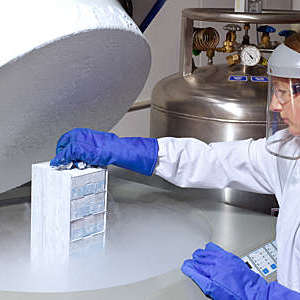Injecting quality into biobanks
Newly published guidance for biobanking will help to advance scientific research and development even further.
ISO standards for biotechnology support innovation while ensuring safety, efficacy, and ethical considerations in fields like gene editing and bio-manufacturing.

on
Newly published guidance for biobanking will help to advance scientific research and development even further.

on

on
Well over half the world’s population does not have access to safe sanitation. For many people, this means the indignity and risks that come of having no toilets. The answer, it seems, lies in new sustainable treatment plants. ISO and the Gates Foundation have joined forces to show how clean toilets and standards can change people’s lives forever.